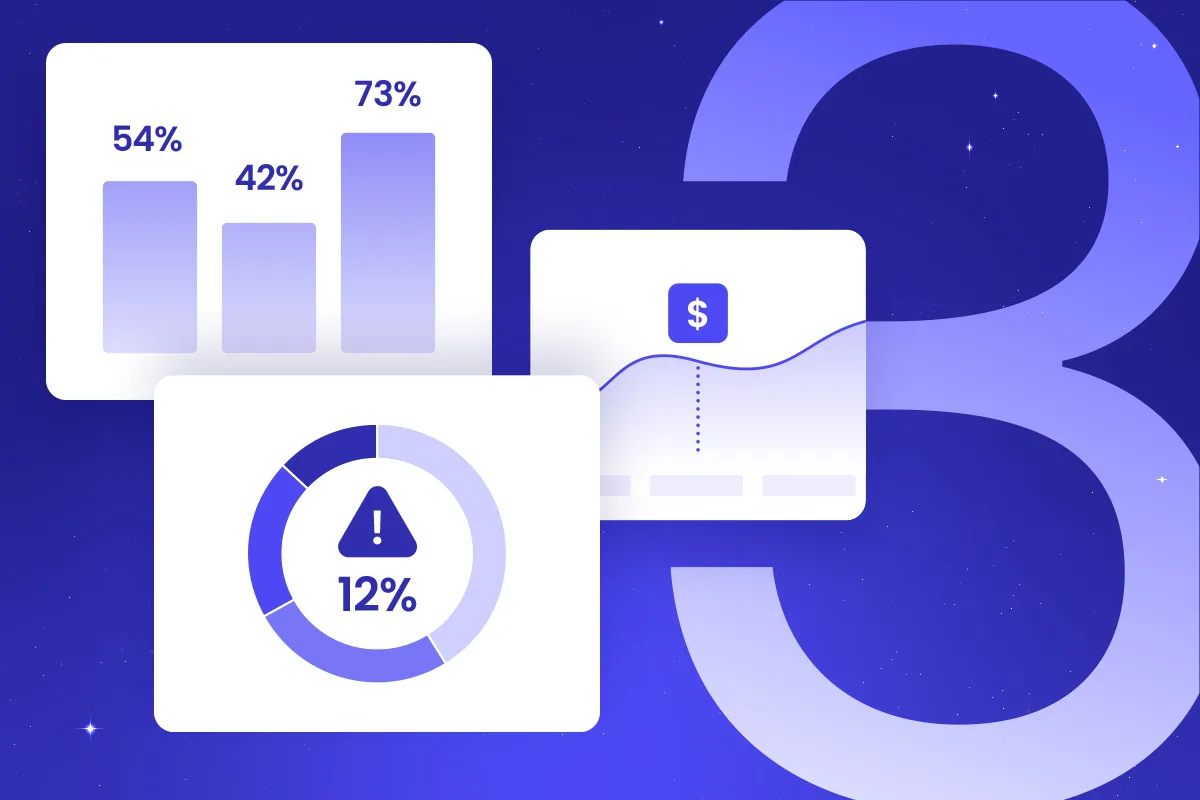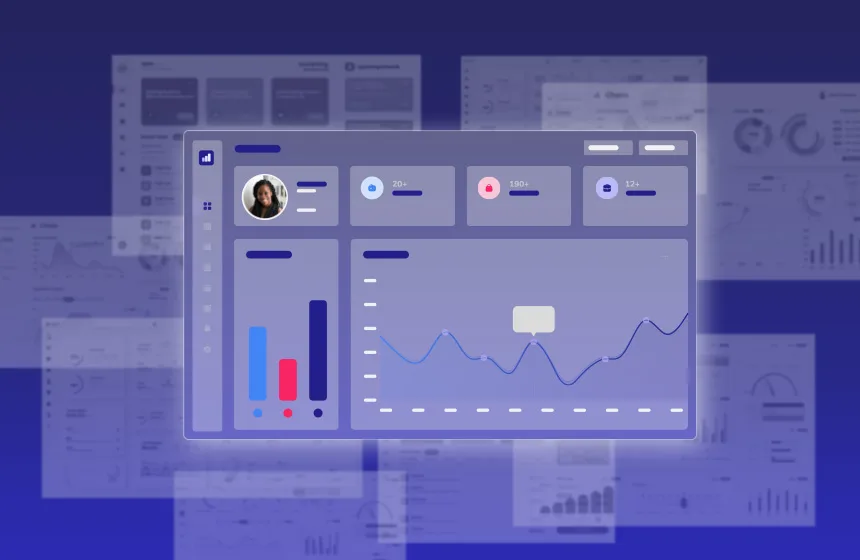Accelerate deals and increase win rates with the leading enterprise demo platform.
3 Metrics to Track SE Impact on Customer Retention

March 27, 2025
Table of Contents
Solutions engineers (SEs) are some of the best-equipped people on your team to influence customer retention. That’s because they’re in a unique position between pre- and post-sales. They have the skills and customer relationships to help prevent churn, educate customers, refine the ideal customer profile (ICP), and more.
It’s all in the pursuit of customer satisfaction, with a focus on staying ahead of potential issues.
Or as Nicholas Zona, Assistant Vice President, Pre-Sales Solutions Consultants, Equifax Inc. says, “What I’m witnessing in successful retention strategies is a shift towards proactive engagement, a willingness to tackle challenges head-on, and a relentless pursuit of client satisfaction. In essence, it’s about ‘RAP’: Running After Problems.”
When proactive efforts are done right, presales leaders can tie team KPIs to larger customer retention metrics the organization cares most about: gross revenue retention, net revenue retention, and customer lifetime value.
Zona continues: “This RAP mentality isn’t just about responding to client complaints. It’s about anticipating potential issues, identifying warning signs, and addressing them before they escalate. It’s about cultivating a culture of vigilance, where every team member is empowered to identify and escalate potential problems.”
Here are three categories of customer retention metrics or KPIs to track, with the goal of expanding the influence of solutions teams beyond the initial sale.
1. Customer Adoption and Engagement Metrics
Why it matters: Low engagement is a sure sign of churn risk. SEs can proactively improve adoption by running technical enablement programs, conducting health checks, and providing ongoing education.
Key customer retention metrics for solutions teams
- Adoption health: Track how often and how effectively customers use key features.
- Feature utilization rates: Measure the percentage of customers using core features and functionalities.
- Customer attendance in training and workshops: Track how many customers participate in enablement initiatives.
For example, if a certification program increases feature utilization by 20%, it demonstrates a direct influence on adoption and customer retention.
2. Churn Prevention and Risk Mitigation Metrics
Why it matters: SEs can identify at-risk customers before they churn by conducting proactive health checks and addressing technical blockers.
Key customer retention metrics for solutions teams
- At-risk customer identification rate: Measure how many customers SEs flag as at risk based on engagement data and technical challenges.
- Pre-churn intervention success rate: Track how many at-risk customers improve engagement after SE involvement.
- Time to resolution for technical issues: Assess how quickly SEs resolve adoption-related technical challenges.
For example, if 60% of flagged at-risk customers renew after an SE-led intervention, it validates the SE team’s role in churn prevention.
3. Expansion and Revenue Influence Metrics
Why it matters: SEs can drive account growth by uncovering expansion opportunities and helping customers realize additional value.
Key customer retention metrics for solutions teams
- Expansion revenue from existing customers: Track revenue influenced by SE-led initiatives, such as technical workshops or ask me anything sessions (AMAs).
- Upsell conversion rate: Measure how often SE recommendations lead to upsells or feature expansions.
- Customer advocacy and certification numbers: Count how many customers become product champions after SE-driven programs.
For example, if a technical roadmap session results in a 15% increase in upsell conversions, it highlights the SEs’ contribution to expansion revenue.
Best Practices for Tracking SE Influence
SEs are already strapped for time, so you’d be forgiven for balking at the idea of tracking all these new KPIs. Here’s what we recommend to make it easy:
- Start from the top. Solutions, customer success (CS), and product functions need to be in close alignment about exactly how and where presales can contribute to customer retention success.
- Create a customer expansion and adoption council. The goal should be to improve collaboration between SEs, CS, account management, and product teams — and to proactively address customer challenges, rather than retroactively manage them.
- Define clear goals. Solutions leaders can define goals for the team, create specific customer retention initiatives, and develop an incentive structure that rewards team members for their contributions to retention success. For example, SEs might be responsible for defining and scaling a technical enablement program, with the goal of increasing customer adoption and engagement.
Running After Problems (and Staying Several Steps Ahead)
The RAP mentality is one that solutions leaders should embrace, especially as uncertain economic conditions put a greater premium on expansion revenue and customer retention.
By tracking adoption trends, preventing churn through proactive intervention, and driving expansion opportunities, SEs can showcase their impact beyond the initial sale. It’s time to prove that presales teams are always thinking several steps ahead when it comes to long-term customer success.
Want even more practical advice on this topic?
Get our guide to expanding solutions influence on retention.





